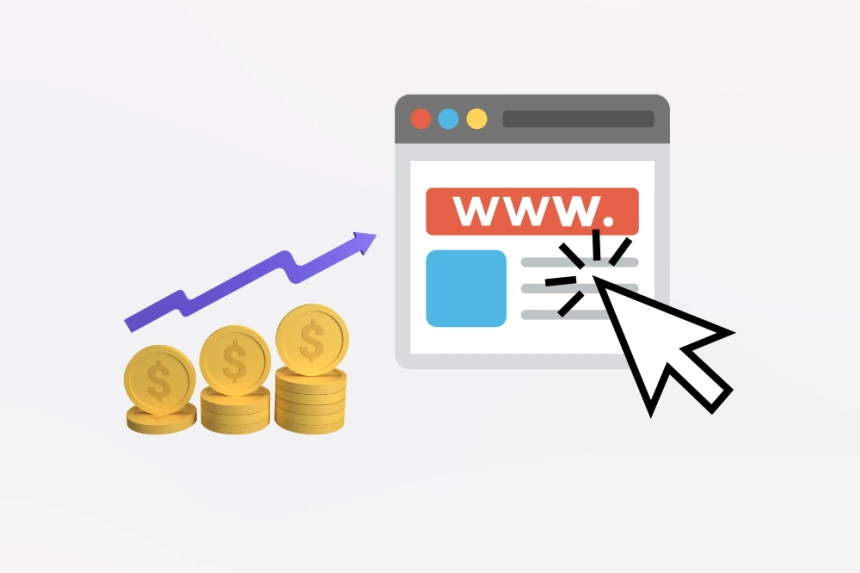How to Increase Your Website's CTR with Optimized Meta Descriptions


CTR (Click-Through Rate) is an essential indicator of a website's performance in terms of attracting traffic from search engines. An optimized meta description can play a crucial role in increasing this metric. In this article, we will explore how you can boost your website's CTR by using effective and optimized meta descriptions.
What is a Meta Description?
A meta description is a snippet of text that appears in Google search results, just below the page title. This text aims to summarize the page's content convincingly, enticing the user to click on the link. Although it does not directly influence SEO ranking, it does affect the click-through rate, which in turn can influence long-term positioning.
Importance of Meta Description for CTR
The meta description is the first impression users have of your content. A well-crafted and engaging description can:
- Increase Visibility: Eye-catching descriptions can stand out among other options.
- Improve Click-Through Rate: A good message will convince users that your content is relevant to what they are looking for.
- Reduce Bounce Rate: If users find useful information right away, they are less likely to leave the page quickly.
Factors Affecting CTR
- Relevance: The meta description must be relevant to the page content.
- Length: Descriptions that are too long can be truncated, leading to a lack of clarity.
- Call to Action: Including a CTA can motivate users to click.
How to Write Optimized Meta Descriptions
Creating an optimized meta description involves following certain practices that ensure it not only appears in search results but also attracts clicks.
1. Appropriate Length
The ideal length for a meta description is between 150 and 160 characters. If it is longer, parts of it are likely to be cut off in search results.
2. Include Keywords
Include relevant keywords so that users can immediately see that your content aligns with their search. However, avoid "keyword stuffing," which can discourage clicks.
3. Engaging Writing
Use persuasive language to attract users. Rhetorical questions, figures, or statistics can make your description more relevant and valuable.
Example of a persuasive sentence: "Discover how you can increase your sales by 30% with these simple steps."
4. Include a Call to Action (CTA)
Use phrases that prompt action, such as “Read more,” “Discover now,” or “Get yours here.” CTAs help direct user behavior.
5. Avoid Duplicates
Each webpage should have a unique meta description. Duplicate descriptions can confuse search engines and affect your positioning.
6. A/B Testing
Conducting A/B tests can provide you with data on which type of descriptions work best in terms of CTR. Experimenting with different formats and approaches can help you find the most effective formula.
Tools for Creating Optimized Meta Descriptions
There are several tools that can help you create and optimize your meta descriptions:
1. Google Search Console
This tool allows you to see which pages have a low CTR and adjust your meta descriptions accordingly.
2. Yoast SEO
This WordPress plugin offers recommendations on how to optimize content, including meta descriptions.
3. SEMrush
Provides detailed analysis on how your pages are performing and what can be improved.
Measuring Success
To evaluate the impact you've made on your CTR after optimizing your meta descriptions, consider reviewing the following KPIs:
- CTR: The change in the click-through rate on the affected pages.
- Average Position: Check for an improvement in your SEO search position.
- Time on Page: Increasing user retention can be a good indicator that your meta descriptions are working.
Conclusion
Optimizing meta descriptions is an effective technique for increasing your website's CTR. By following the tips mentioned above, you can create descriptions that not only attract clicks but also offer users a more satisfying experience. Remember that, while the meta description is just one part of your SEO strategy, its impact can be significant in attracting qualified traffic. Start optimizing your meta descriptions today and watch your click-through rate transform!






